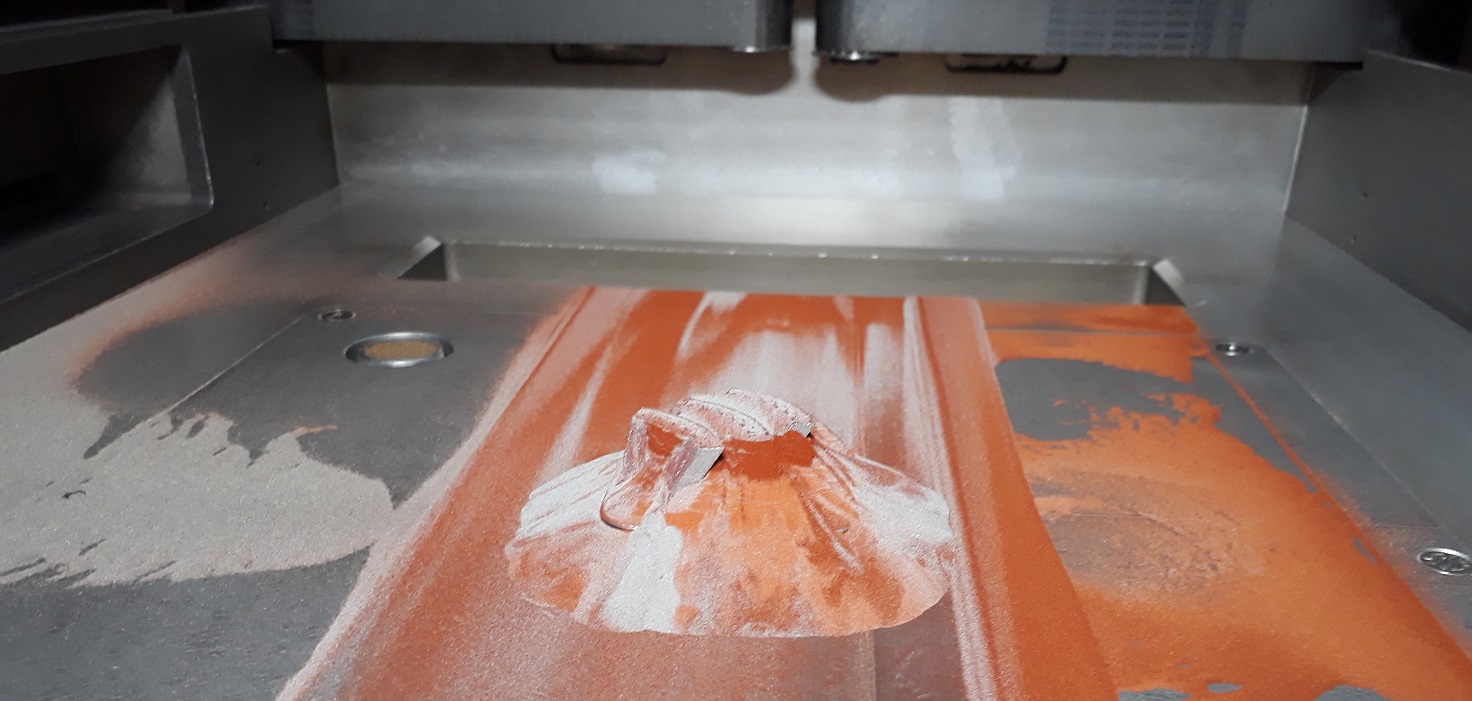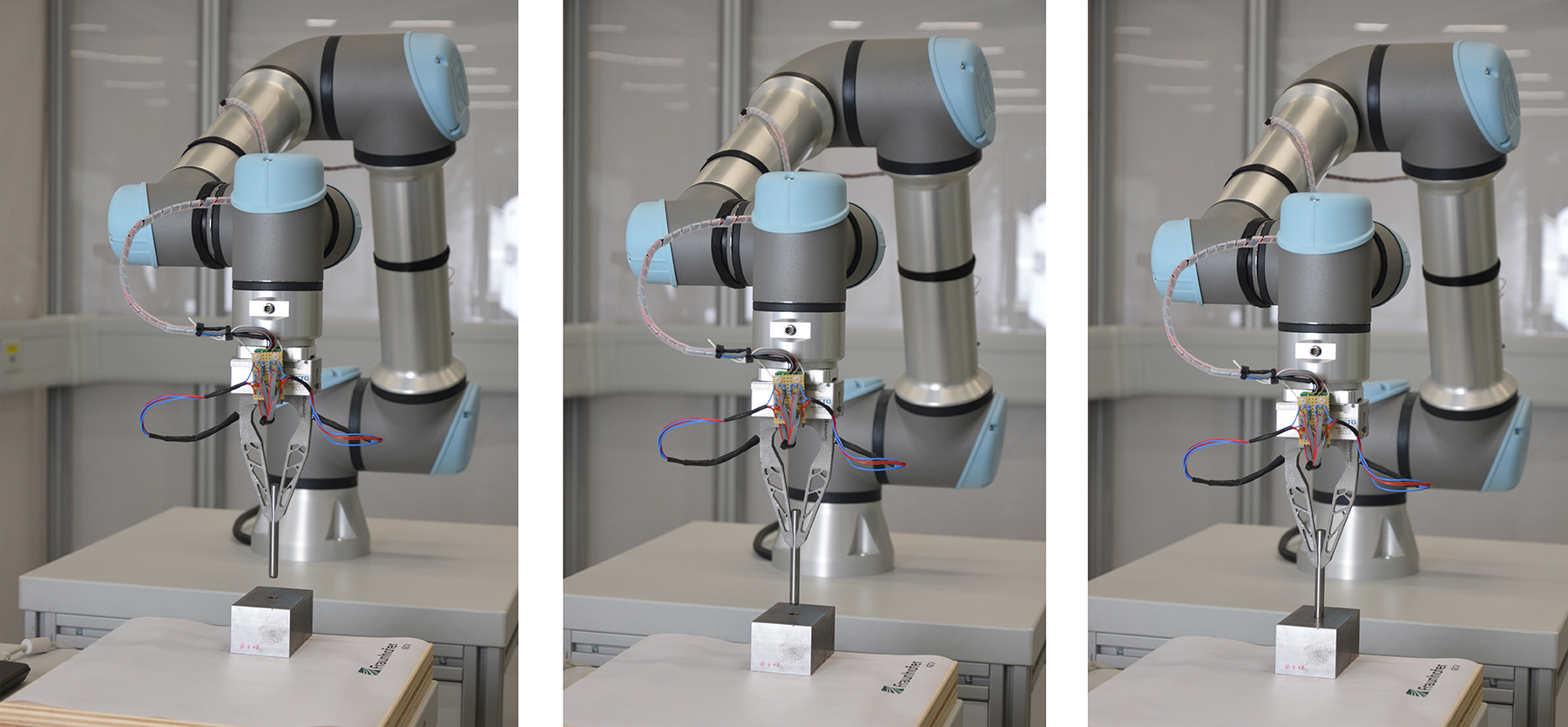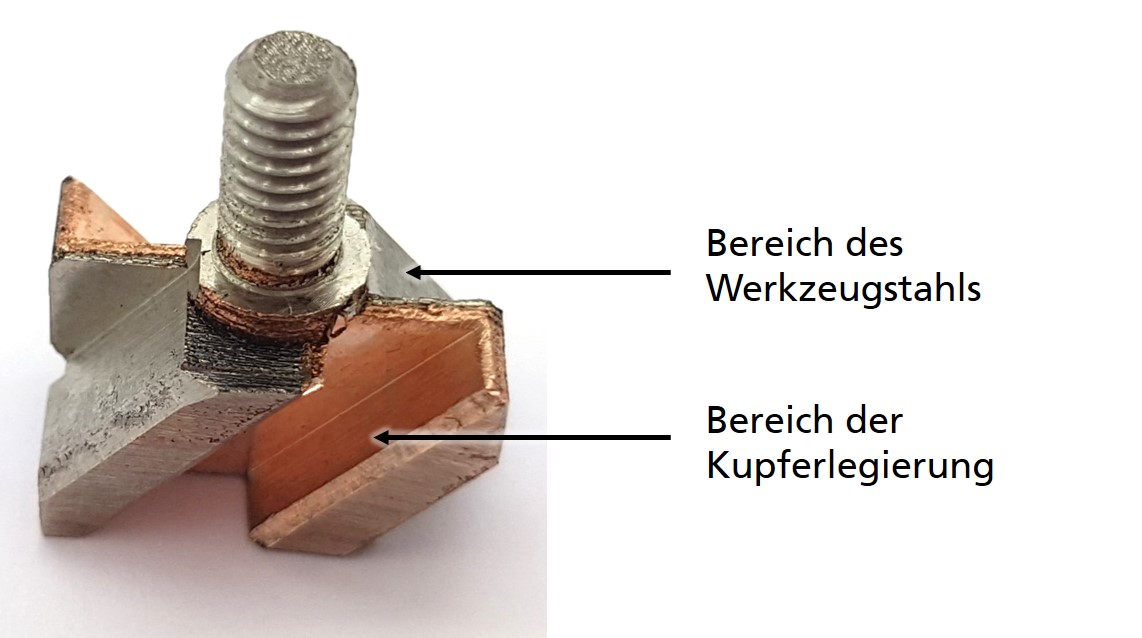Product development of multi-material components
The processing of multiple powder materials in one single laser beam melting process (PBF-LB/M) poses challenges to several sub-areas of a product life cycle at once. Different material properties such as thermal conduction or absorption require special equipment technology as well as process control. Methods for product development and construction data preparation have to be further developed and rethought. One question that design engineers face as a result of the new process options is: Should the component shape or material distribution be found first in a design phase of a new product, or do development tools exist to solve this optimization task mathematically? Downstream steps such as the heat treatment of multi-material components or powder recycling, for example, require modified procedures.
A second aspect in the MULTIPE project deals with mechatronic components, which are also referred to as »intelligent« and are also being investigated in KINEMATAM and HYBDED. Which sensors are suitable for integration, which potentials can be tapped, and which procedures can be found to find the design of such components, particularly using the example of grippers (see figure 2), are questions that the researchers are addressing.



